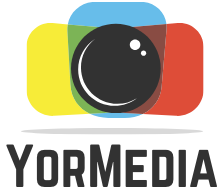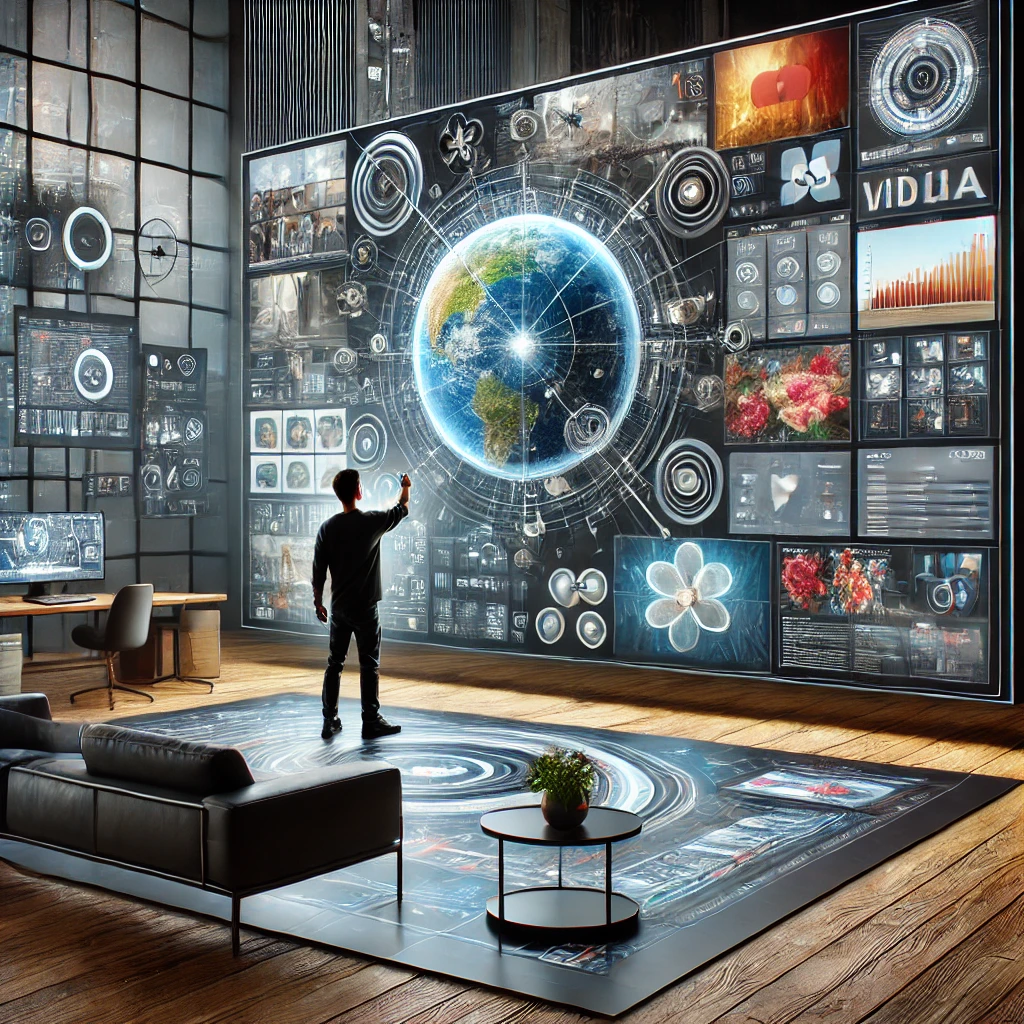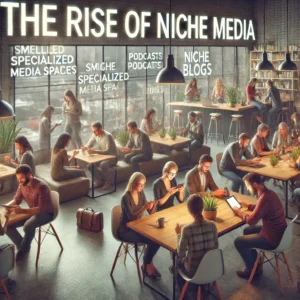In our increasingly digital world, visual media has taken center stage. From the photos we share on social media to the videos we watch online, images and visual content have become a dominant form of communication, transcending language barriers and shaping our understanding of the world. This shift towards visual media presents both exciting possibilities and unique challenges in how we create, consume, and interact with information.
A Picture is Worth a Thousand Words: The Immediacy of Visual Communication
Visual media possesses an immediacy and emotional impact that often surpasses text-based communication. A powerful photograph can evoke empathy, spark outrage, or inspire hope in a way that words alone often cannot. A well-designed infographic can convey complex data in an easily digestible format. A compelling video can transport us to another place, introduce us to new perspectives, and tell stories that resonate on a deeply human level. This ability to communicate complex ideas and emotions quickly and effectively makes visual media particularly well-suited to the fast-paced nature of the digital age.
The Rise of Social Media: Platforms Built on Visuals
The explosive growth of social media platforms like Instagram, TikTok, and Snapchat is a testament to the power of visual communication. These platforms are built around the sharing of images and videos, allowing users to curate their online identities and connect with others through visual narratives. The visual nature of these platforms has also given rise to new forms of communication, such as memes, GIFs, and emojis, which have become integral parts of online language and culture.
Visual Literacy: A Necessary Skill for the 21st Century
As visual media becomes increasingly prevalent, the ability to critically analyze and interpret images has become a crucial skill. Visual literacy – the ability to “read” and understand visual content – is essential for navigating the digital landscape effectively. This involves understanding the techniques used to create images, recognizing the potential biases embedded within them, and evaluating the credibility of visual information. Developing visual literacy skills empowers us to become more discerning consumers of media and to engage with visual content in a more thoughtful and critical manner.
The Democratization of Visual Storytelling: Everyone’s a Creator
The accessibility of technology, such as smartphones with high-quality cameras and user-friendly editing software, has democratized visual storytelling. Anyone can now capture, edit, and share photos and videos with a global audience. This has led to an explosion of creativity and a proliferation of diverse visual narratives, as individuals from all walks of life are empowered to share their stories and perspectives through visual media.
Navigating the Future: The Evolving Landscape of Visual Communication
The evolution of visual media is far from over. Emerging technologies like virtual and augmented reality are poised to further transform the way we create and experience visual content, blurring the lines between the physical and digital worlds. As visual communication continues to evolve, it’s crucial to develop our visual literacy skills, embrace the creative possibilities of new technologies, and engage with visual media in a thoughtful and critical manner. Only then can we truly appreciate the power of the image.



